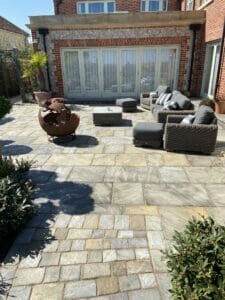In short… yes, dried kiln sand, usually in block paving, can become dislodged during the cleaning process. As soon as you start cleaning with a piece of high-pressure equipment, the potential of you doing damage increases greatly. From uneven paving blocks to cracked concrete… the pressure, if not used correctly, can do more damage… damage that will include blasting out the kiln-dried sand that fills the joints in your block paving/slabs.
Here are a few block paving driveways and patios we have completed:



What does the sand do?
The sand, which is called jointing sand, is used to fill the gaps in the block paving. They add this sand to prevent water from getting between the blocks and stop the risk of them moving.
The sand is usually dried in a kiln to remove all moisture before use. The sand is brushed over the driveway or paved area, allowing the sand to fill the gaps. This technique is to strengthen and stabilises the end structure.
What do you do if the sand becomes displaced in the cleaning process?
Whether you choose to have a professional or do it yourself will depend on what you need to do.
-
Professional.
Most professionals will give you different options when you have a quote done. Here at Art of Clean, you get two options.
- Clean, sand and seal.
- Clean, point and seal.
So, if your sand becomes dislodged, we will correct it for you before sealing. If your chosen company doesn’t offer this, I would get a few prices to compare. At the end of this blog, there will be a link to help you with this!
-
DIY.
If you’re looking at doing the work yourself, you will first need to purchase a bag of decent kiln-dried sand. Ensure you buy a bag of jointing sand, not just any sand. The jointing sand will be more expensive, but it will guarantee a professional finish.
After you’ve completed cleaning your block paving, you’re now ready to add that jointing sand.
Here is how to re-add the jointing sand after cleaning:
-
Step 1:
It would be best if you allowed your block paving to dry completely. You do this to allow the sand to be freely brushed over the surface without getting stuck to wet areas.
-
Step 2:
You will need to use a soft-bristled broom to brush the sand over the whole surface… allow the sand to flow freely between the holes in the paving, ensuring you fill up to the top.
-
Step 3:
Brush away any remaining excess sand but try not to remove any of the sand which has settled between the blocks/paving slabs.
Re-bag any excess sand for use in the future.
-
Step 4:
After researching, I advise you to look into a sealant or sand stabiliser to hold the sand in place. Sealing or stabilising the joint sand in place means it can withstand more of a blow from natural weather conditions.
If you’re not sure about any of the steps surrounding preparing, washing, or even re-joining your paving or block driveway… your friendly local professionals will not only ensure a clean sand and seal… they will also take extra care around the safety of the process.
Contact us today and get a quote to find out more. Click here to do this!
Here is a short video showing our process:
This video may help you to do the cleaning process, as watching someone do it can sometimes be easier.
Do you have algae growing and want to get rid of it, this will help you:
Click below to find a company for you:
Have you got a tarmac driveway that needs a freshen-up? Check out this customer’s beautiful driveway:
 Written and by Tracey Gilbey, Marketing and Admin Coordinator at Art of Clean.
Written and by Tracey Gilbey, Marketing and Admin Coordinator at Art of Clean.
For further advice or information on our Carpet and Soft Furnishing care, please do not hesitate to contact the Art of Clean team on 01223 901551 in Cambridge. Our services include Carpet Cleaning, Upholstery Cleaning, oriental and area Rug Cleaning, Curtain Cleaning, Patio, and Driveway Pressure washing, Leather Cleaning, Stone and Tile Floor Cleaning, and Wood Floor Sanding and Restoration. We also supply new flooring and carpets through our sister company Art of Flooring. Our Dry-Cleaning service is provided by Farthings Cambridge


